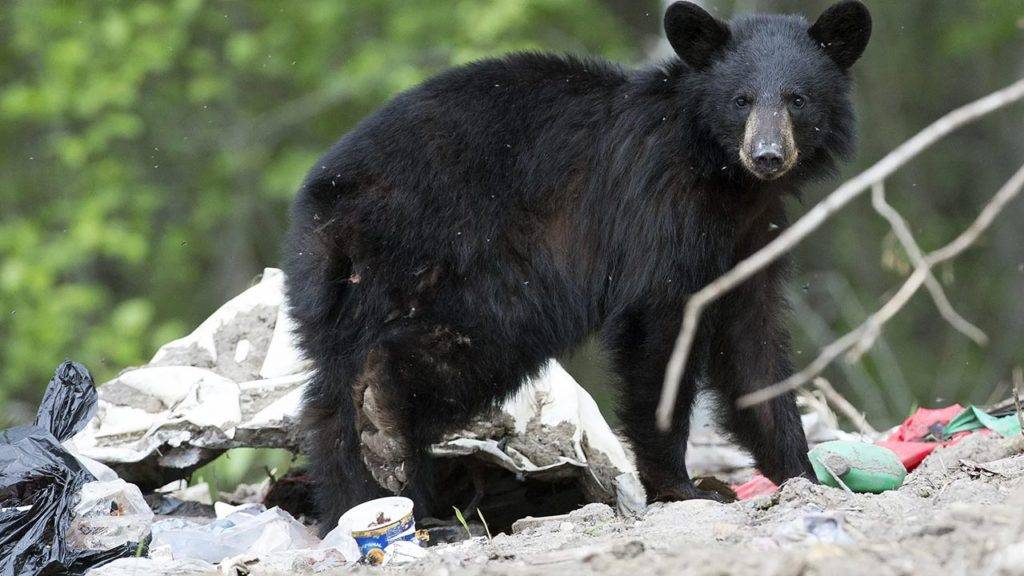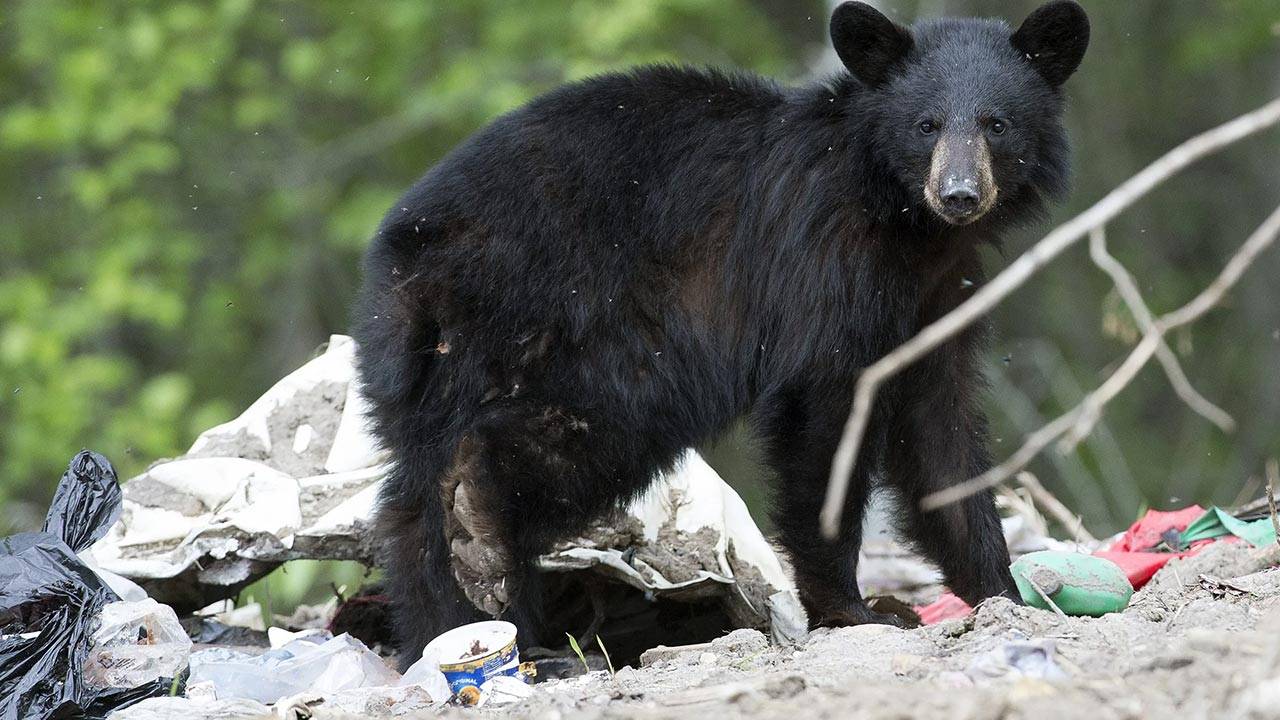Bear Attack at Suncor : The recent bear attack at Suncor, one of Canada’s prominent oil sands producers, has sent shockwaves through the industry and raised concerns about safety protocols and wildlife management.
This article delves into the details of the incident, explores the possible factors contributing to the attack, and examines the significance of this event in the context of safety scrutiny and wildlife management.

Bear Attack at Suncor :
A recent incident at Suncor, one of Canada’s largest oil sands producers, has shocked the nation. A worker was injured in a bear attack at the oil sands plant, sending ripples of concern through the industry. The incident occurred on May 10, 2023, at the Suncor base plant in Fort McMurray, Alberta. While bear sightings are not uncommon in this region, an attack on a worker raises questions about safety protocols and the coexistence of humans and wildlife in industrial areas.
The incident has garnered significant media attention, with several news outlets reporting on the bear attack at Suncor. According to Reuters, Suncor confirmed the incident and stated that the injured worker was receiving medical treatment. The Financial Post highlighted the potential implications for the oil sands industry, as Suncor faces scrutiny over safety measures at its sites. This incident could potentially raise concerns about worker safety and environmental management in the region.
The worker’s recovery process is underway, as reported by Fort McMurray Today. The article emphasized the need for vigilance and adherence to safety guidelines when working in areas with wildlife presence. The worker’s condition and the extent of the injuries sustained were not disclosed, but the incident serves as a reminder of the inherent risks faced by those working in remote or wildlife-inhabited areas.
Why Did Bear Attack at Suncor?
The bear attack at Suncor has raised questions about why such an incident occurred. Bloomberg reported that safety scrutiny had been directed at Suncor even before the bear attack took place. The company is now facing increased pressure to improve safety protocols and mitigate risks for its employees. The incident could prompt a reevaluation of existing safety measures and an exploration of more effective ways to manage wildlife encounters.
Despite the unfortunate incident, it is important to note that bear encounters in industrial areas are relatively rare. Edmonton City News highlighted that Suncor operates in a region known for its wildlife, and encounters with bears are not uncommon. Suncor and other companies operating in the area have implemented various strategies to minimize the potential for such incidents. These include educating employees on bear safety, using deterrents, and maintaining a vigilant approach to wildlife management.
Frequently Asked Questions (FAQ’s):
Q1. Are bear attacks common in the oil sands industry?
Bear attacks in the oil sands industry are relatively rare. However, due to the presence of wildlife in the region, encounters with bears can occur.
Q2. What safety measures are in place to protect workers from bear attacks?
Oil sands companies, including Suncor, have comprehensive safety protocols that include bear safety training, bear deterrents, and ongoing monitoring of wildlife activity.
Q3. How will this incident affect Suncor’s operations?
The incident could lead to a reassessment of safety measures and potentially impact Suncor’s operations as the company addresses safety concerns and works to prevent similar incidents in the future.
Q4. What steps can be taken to prevent future bear attacks?
Enhancing bear safety training, improving wildlife monitoring systems, and implementing additional deterrent measures are among the steps that can be taken to prevent future bear attacks.
Q5. Is wildlife management a common challenge for industries in remote areas?
Yes, industries operating in remote areas often face challenges related to wildlife management.





